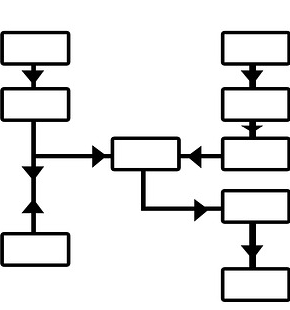Details
Identification and representation of knowledge in a product related domain is still a great challenge. In this contribution we propose the USM method for knowledge extraction as well as formal guideline for how to apply this method. On the use-case we showed that it is convenient and efficient, successful in giving the expected results. The USM method gives us a tool which can directly translate raw data into list of relevant concepts that covers entire functional profile of the software in question and thus it gives us a detail image of the domain this software operates on. It is simple and straight-forward and it enables end-users to express their descriptions of the domain in a common everyday language, rather than using technical terms, which is more probable to lead to gathering of more detailed information. Beside formalization of the information, it is shown to be an excellent tool for generalization of "end-user" requests and a vital step toward the creation of the knowledge base. Further on, we showed how the domains dynamics is represented using ontology relation, thus giving the full semantic model of manufacturing domain.
By implementing USM methodology as ADOxx model the entire procedure is enhanced though automatization of deterministic steps and strategic procedure conduction. Each step can be performed independently and repeated if needed. Each step is documented and can be revisited or discussed in the future.
Having ADOxx model, opens a field of opportunities for future work that are out of scope of USM as ontology modelling methodology. ADOxx system allows export of models as RDF or XML structures making them available for other software tools. On the other hand, current export mechanism allow export of models while the procedures and algorithms defined on those models are not available outside ADOxx. One potential direction of future work is design of mechanism that will translate existing mechanisms into SWRL syntax. Using this approach, ontology in RDF could be enriched with ontological rules in SWRL giving more complete ADOxx model export and thus, interoperability.


